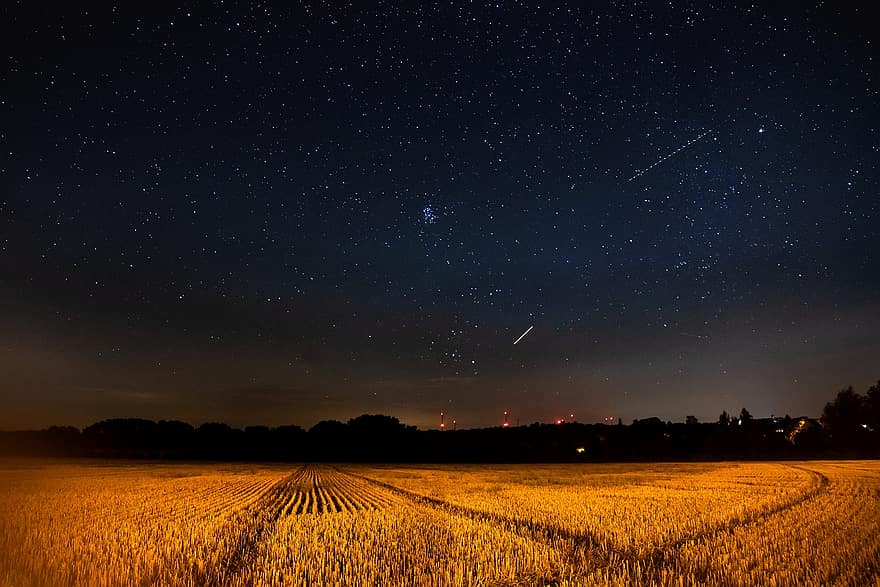Light of Hope
After years of trying to figure out an easy fix for light pollution, the solution may have found us.
A rural night sky, without suffering the effects of light pollution.
April 11, 2021
Incredible new recent studies have shown that light pollution has been on a steady decline this past year due to worldwide lockdowns that occurred during the pandemic. Why is this so important, you may ask? Light pollution is the presence of artificial or forced light in a natural environment, making the night sky appear duller as the once brightly exposed stars begin to fade from human vision.
Stargazing is becoming a thing of the past — not because it is going out of style, or people don’t wish to participate any longer, but because some cities may not or already do not have visible stars. According to VOX News, over 80% of Americans can no longer see the Milky Way. Over the course of the multi-year study, it was found that artificially illuminated areas have grown by 2.2% per year and are expected to continue growing. The impact is stretching into rural areas, where nighttime brightness is increasing by 1.8% annually.

Humans are not the only species affected by light pollution. Nocturnal animals rely on the night sky to help them hunt for food, find shelter, and safely lay eggs. Baby sea turtles, for example, must follow the moon to get to the ocean, but the blockage of natural moonlight makes the young hatchlings follow the city lights instead. Light pollution also impacts frogs, owls, hummingbirds, bats, and almost all ocean life.
Rachel Smith, a 16-year-old from Pagosa Springs, Colorado weighed in on light pollution.
“I’ve grown up here [Pagosa Springs] all my life and I love it,” she said. “I don’t really have a lot of neighbors nearby, and the nearest store is around 20 minutes away. It’s a bit of a hassle but each night seeing the sky makes it worth it. My dad used to point out the stars to me when I was little, and now I show my young cousins when they stay with us.”
Madi Filipowicz, a 15-year-old from Los Angeles, California shared her experience growing up in LA.
“I don’t have too many fond memories with stars. Some nights if it’s not cloudy you can see some, but they’re never too bright.”
Filipowicz recalled visiting a new area.
“Last summer, I visited my family in the northeast and we went on a camping trip one night. I never realized until after the fact, but the stars and sky were definitely so much brighter than they are here.”
After years of trying to figure out a solution to this ongoing concern, an unexpected turn of events occurred — COVID-19. Worldwide lockdowns from 2020 into 2021 led to widespread closures. Not as much light was produced, actually helping decrease the amount of light pollution. More stars were able to be seen, creating a sense of hope for the future of our environment.
“I hope to one day travel out north again to see the stars.” Filipowicz said.












